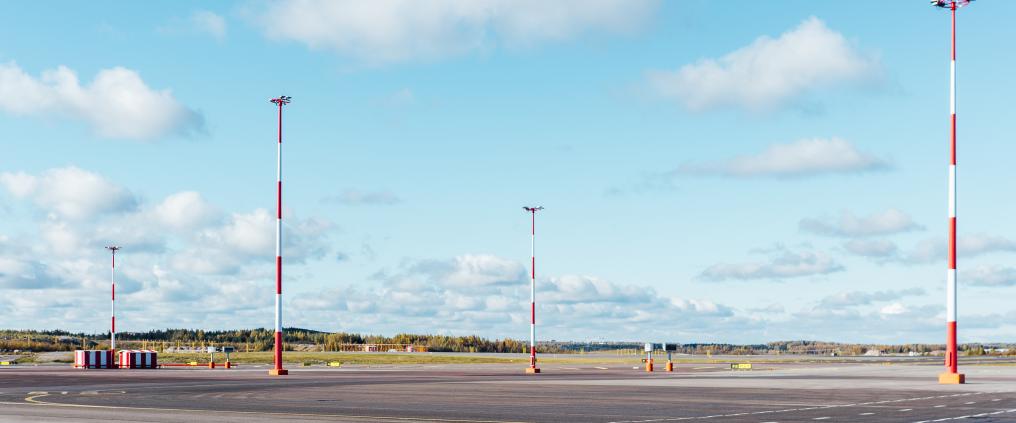Local air quality regulations have historically been adopted to protect public health and the natural environment. Local air quality generally refers to the condition of the ambient air to which humans and nature are commonly exposed.
Johanna Kara, Environmental Specialist at Finavia, talks about the significance of this practice. “Finavia is a part of the Metropolitan Area air quality measuring system carried out by the Helsinki Region Environmental Services Authority, or HSY, and we have been so since 2012,” she says. “This is a requirement for our environmental permit.” The cooperation in air quality matters with HSY has been going on since the 1990s.
An improvement in air quality
Airport environments are usually made up of a mix of emissions sources such as aircraft, ground support equipment, terminal buildings and ground vehicular traffic. In the case of Helsinki Airport, most of the emissions are generated by cars, taxis, buses, and trucks, among others, coming to and leaving the airport. Fortunately, vehicles owned by Finavia and ground handling companies are not a big part of the emissions.
“The air quality in front of Terminal 2 has improved since the train service started in 2015,” she states. In fact, Kara says that air quality in most of the spots in the airport area, as well as inside the fence, has likewise improved.
How it’s done
Nitrogen dioxide (NO2) is measured with passive collectors in five spots in and around the airport area. These places are in front of Terminal 1, in front of the Finavia office building Lentäjäntie 3, Rahtitie, Myllypadontie and Lammaskaskentie.
“This year, there is also an HSY vehicle near terminal 1 – which has now moved to another place due to the construction of the Terminal 1 extension – which gauges NO2 and particulate matter, or PM,” adds Kara.
In addition, Finavia takes full responsibility for its own operations and emissions, and as a proprietor, the partial responsibility for the environmental impacts generated by its airports. Thus, the company also conducts its own measurements in and around Helsinki Airport. This is done every five years: 2006, 2011 and 2016. The latest results have been included in the responsibility report.
“We have published a storymap – in Finnish – of our air quality. There you can see all the results of Finavia’s own measurements as well as those of HSY from previous years and online this year, straight from the HSY database,” concludes Kara.
